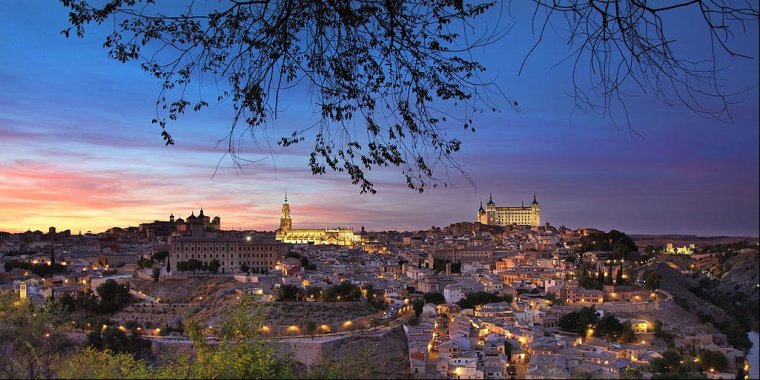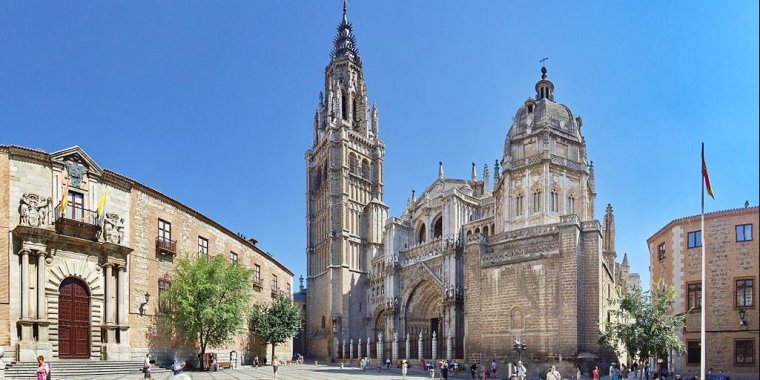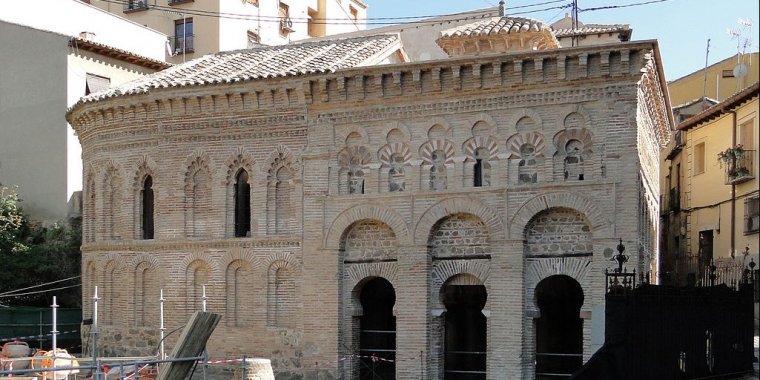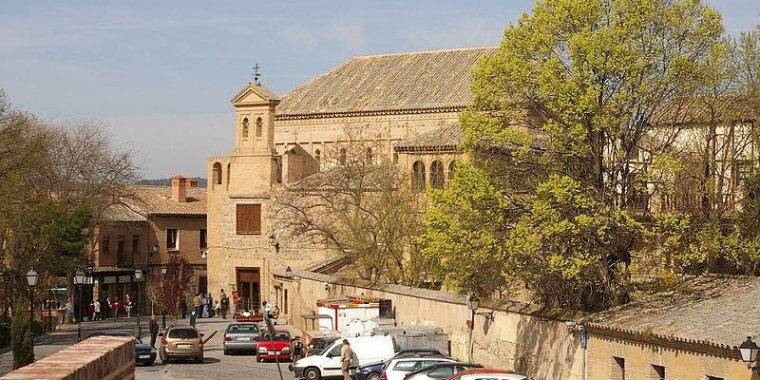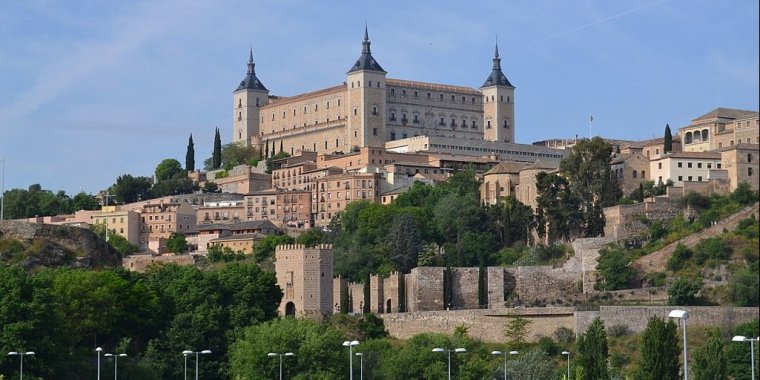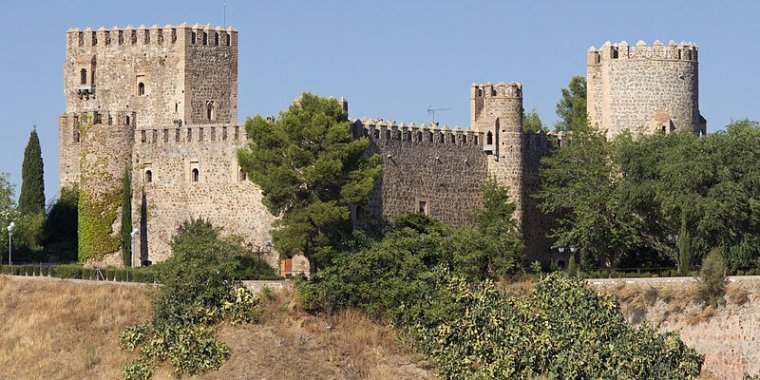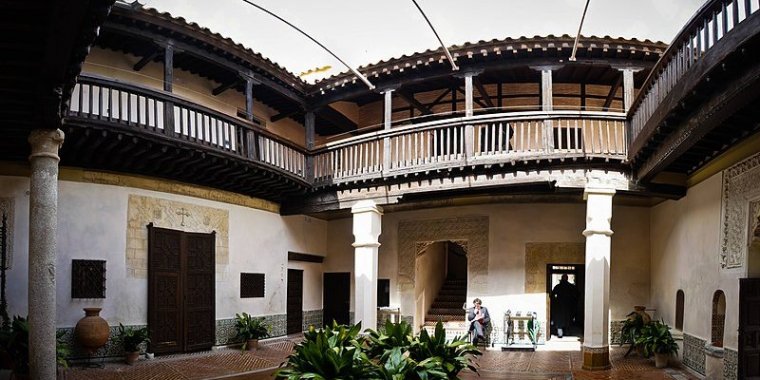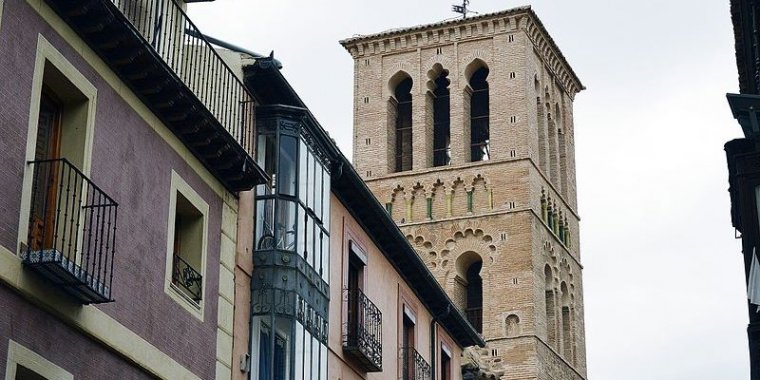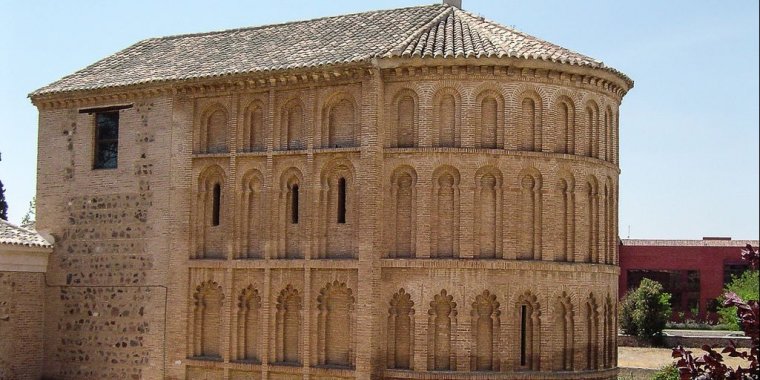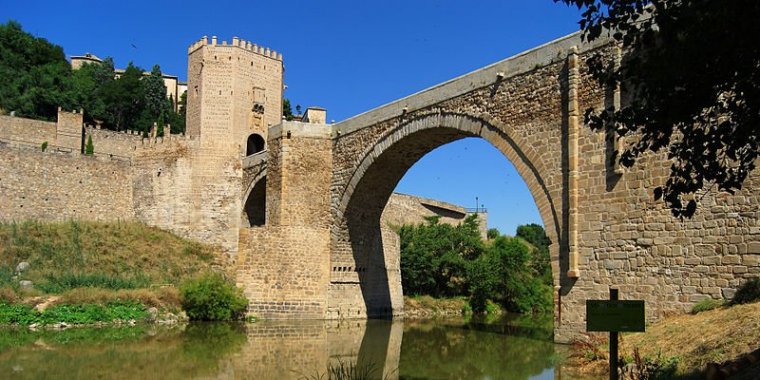| Published in Attractions / Places of Interest |
Tourist Attractions in Toledo, Spain
Toledo is a city and municipality located in central Spain; it is the capital of the province of Toledo and the autonomous community of Castile–La Mancha.
Toledo is known as the "Imperial City" for having been the main venue of the court of Charles V, Holy Roman Emperor, and as the "City of the Three Cultures" for the cultural influences of Christians, Muslims and Jews reflected in its history. It was also the capital from 542 to 725 AD of the ancient Visigothic kingdom, which followed the fall of the Roman Empire, and the location of historic events such as the Visigothic Councils of Toledo. Toledo has a long history in the production of bladed weapons, which are now popular souvenirs of the city.
As a visitor to Toledo, you are not allowed to pick or collect anything off the street because the entire city is a gazetted monument. However, there are souvenir shops where one can buy mementos. You get a better view of the ancient city as you enjoy local meals in one of the hotels across at the banks of Tagus River.
• Cathedral, calle Cardenal Cisneros nº 1. It is the centrepiece of Toledo. It sits on top of the hill and is deceptively large. When you enter you will be confronted by sparkling gold reliefs, huge oil paintings and portraits of all of the Toledo Cardinals going back at least 500 years. The baroque Transparente, behind the main altar, is like nothing you have ever seen. The Cathedral also has a great art gallery with works by Raphael, Rubens, Goya, Titian, and one of El Greco's major works, The Disrobing of Christ. €10-12.5.
• Iglesia de los Jesuitas. It offers great views of Toledo and the surrounding region from its twin spires. It is set in the highest location in the city. (Oct-Mar 10:00-17:45, Apr-Sep 10:00-18:45).
• Mosque of Cristo de la Luz. It was built 1000 years ago as a small mosque, but 200 years later was converted to a church. The building itself is a mix of the two styles, with a primarily Mudejar architecture, and early Christian paintings on the walls. (mid Oct-Feb 10:00-17:45, Mar-mid Oct 10:00-18:45, closed on weekdays from 14:00-15:30)
• Iglesia del Salvador. It was like the Mezquita Cristo de la Luze converted from a mosque into a church, though in this case the architecture of the building is more varied, combining Mudejar, Visigoth, and Roman-style architecture. (mid Oct-Feb 10:00-17:45, Mar-mid Oct 10:00-18:45, closed on Fridays from 14:45-16:00).
• The Burial of the Count of Orgaz. One of El Greco's most famous and recognized works, it's housed in Iglesia de Santo Tomé. (Mid Oct-Feb 10:00-17:45, Mar-Mid Oct 10:00-18:45).
• Synagogue of Santa María la Blanca, calle de los Reyes Católicos nº 4. It's one of the three synagogues that remain in Spain from before the expulsion of the Jews in the 16th century, two of which are in Toledo (the third is in Córdoba). (mid Oct-Feb 10:00-17:45, Mar-mid Oct 10:00-18:45).
• Monastery of San Juan de los Reyes, calle de los Reyes Católicos nº 17. It's a beautiful 16th century church in the Jewish quarter that was built by Ferdinand and Isabella to house their tombs. Upon the conquest of Granada, they decided to be buried there instead, but it is still easily worth the visit. (mid Oct-Feb 10:00-17:45, Mar-mid Oct 10:00-18:45).
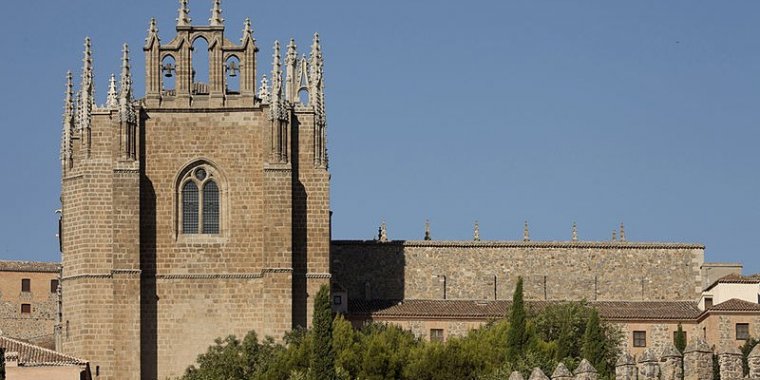
Monastery of San Juan de los Reyes. ![]()
• Synagogue of El Tránsito calle Samuel Levi s/n. The second of Toledo's remaining pre-16th century synagogues, it hosts the Sefardi Museum.
• The Alcazar, calle de la Unión s/n. A large square building on the outskirts of the old city. It looks across the river at Franco's old military barracks. The origin of the building dates back to the presence of a Roman camp in the 3rd century. The Muslims built there a keep transformed later by Alfonso VI and Alfonso X, which was the first Alcazar. €5, free on Sundays. From 2009 it houses the collection of the Army Museum.
• The Museo Victorio Macho is a small museum dedicated to the local sculptor, Victorio Macho, split between an interior gallery, and exterior gardens. Admission also includes a short film describing the history of Toledo (M-Sa 10:00-19:00, Su 10:00-15:00, closed Christmas Day and New Year's Day, €3).
• The Military barracks. There is a tourist pass available for €9 that allows entrance to 7 sites around the city (normally €2.5 each); but does not include the cathedral or other major sites so It would be of questionable value.
• Tomb of Saint Beatrice of Silva, founder of the Order of the Immaculate Conception, at the Conceptionist Monastery of Toledo.
• Castillo de San Servando, medieval castle near the banks of the Tagus river and the Infantry Academy.
• The Renaissance Museo-Hospital de Santa Cruz (16th century).
• El Greco Museum, paseo del Tránsito s/n. A house-museum designed as a recreation of the artist's home, which was lost centuries ago. It houses several important paintings.
• Santa María la Blanca, the oldest synagogue building in Europe still standing, now owned by the Catholic Church.
• Hospital de Tavera Museum Duque de Lerma. Renaissance style, dates from the sixteenth century. Influenced the layout of El Escorial.
• Church of Santiago del Arrabal, in Mudéjar style.
• Iglesia de Santo Tome. Mudéjar style, the fourteenth century, houses the famous Burial of Count Orgaz, by El Greco.
• Galiana Palace (13th century), in Mudéjar style.
• Tornerías Mosque (11th century).
• Iglesia de San Andrés, In its crypt 60 mummies of infantes, dukes, nuns and people of popular class, are preserved in a good state of preservation. Are open to the visitor.
• Puerta Bab al-Mardum (10th century), the oldest city gate of Toledo.
• Puerta de Bisagra Antigua (10th century), the main entrance to the city in Andalusian times. Also known as "Puerta de Alfonso VI".
• Puerta del Sol (14th century), built by the Knights Hospitallers.
• Puerta de Bisagra Nueva (16th century), of Moorish origin re-built by Alonso de Covarrubias. The main entrance and face of Toledo today.
• Puerta del Cambrón, of Muslim origin, re-built in the 16th century.
• San Román (Museum of the Councils and Visigoth culture).
• Ermita del Cristo de la Vega, in Mudéjar style (11th century).
• Alcántara bridge, Roman bridge across the Tagus.
• Puente de San Martin, medieval bridge across the Tagus. (Wikivoyage, Wikipedia)
See also Toledo in Pictures.
YOU MAY ALSO LIKE





 If you own or manage a travel-related business such as a hotel, a bed-and-breakfast, a restaurant, a pub or a cafeteria, you can create a web page for your business for free on Titi Tudorancea Travel Info. » |
